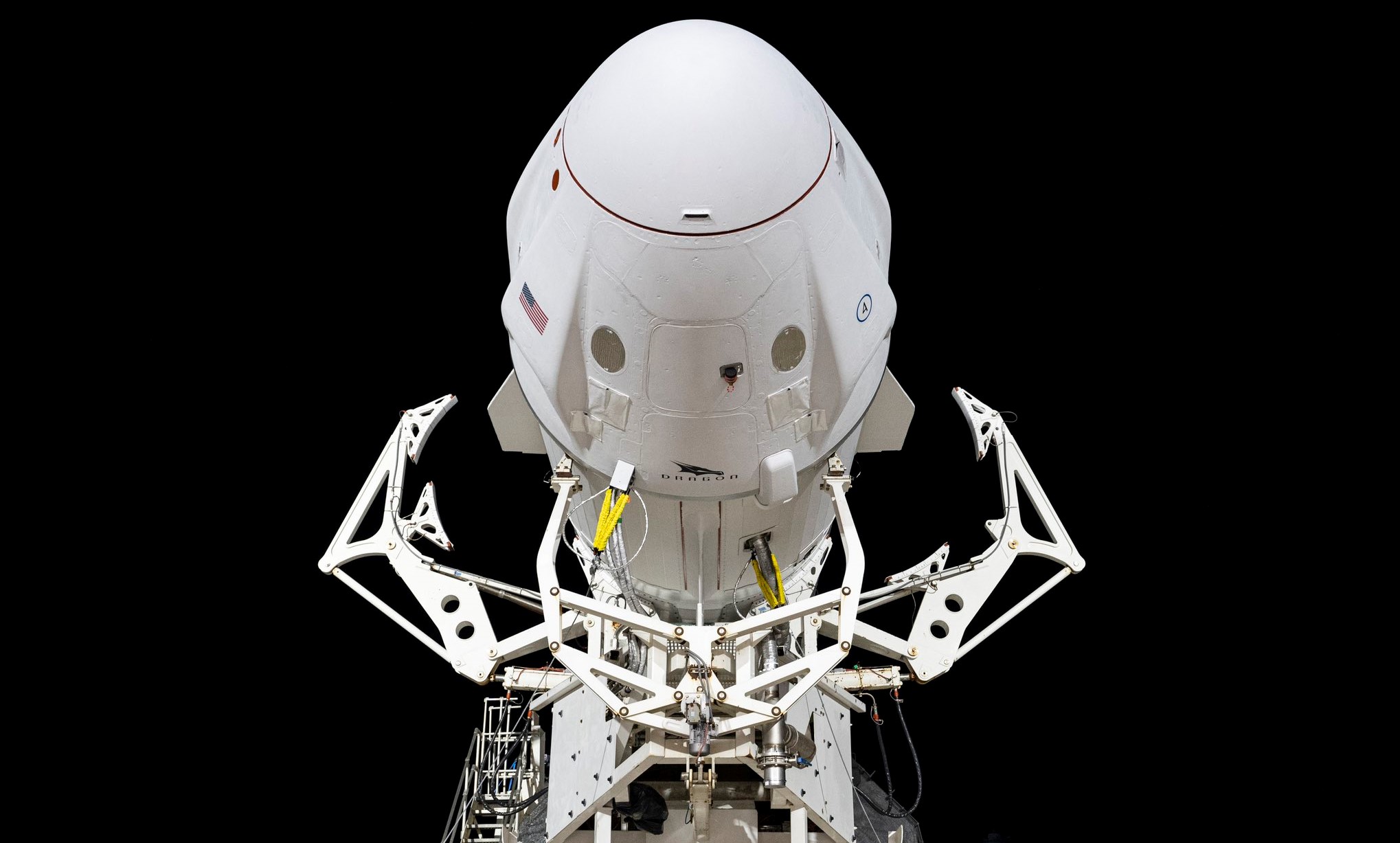
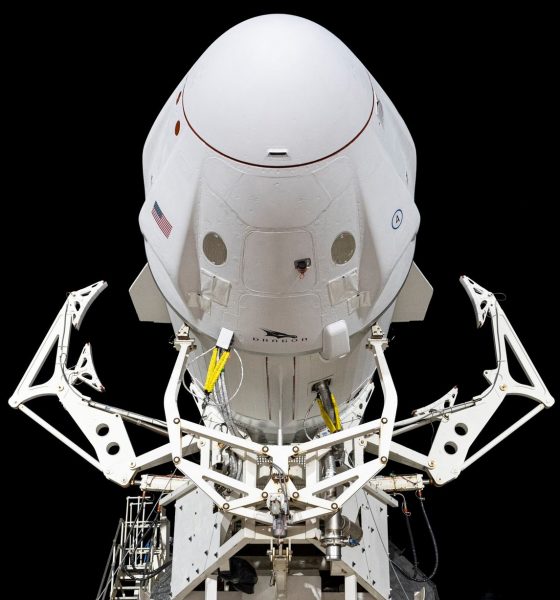
News
SpaceX Crew Dragon, Falcon 9 roll out to the pad for historic Inspiration4 launch
On the morning of September 12th, SpaceX rolled the Falcon 9 rocket and Crew Dragon spacecraft that will support the world’s first fully private orbital spaceflight to the launch pad they’ll soon lift off from.
Scheduled to launch no earlier than (NET) 8pm EDT on Wednesday, September 15th (02:00 UTC 16 Sept), the mission – deemed Inspiration4 by the billionaire funding it – will be both SpaceX and the world’s first crewed orbital spaceflight without a single professional astronaut aboard. Instead, billionaire Shift4 found Jared Isaacman, Ph.D. geologist and science communicator Sian Proctor, engineer Christopher Sembroski (standing in for a friend), and physician’s assistant and childhood cancer survivor Hayley Arceneaux will be along for the ride.
Dragon Resilience — the ride to space and home on-orbit for @rookisaacman, @ArceneauxHayley, @ChrisSembroski, and @DrSianProctor pic.twitter.com/vUnti16EZZ— Inspiration4 (@inspiration4x) September 12, 2021
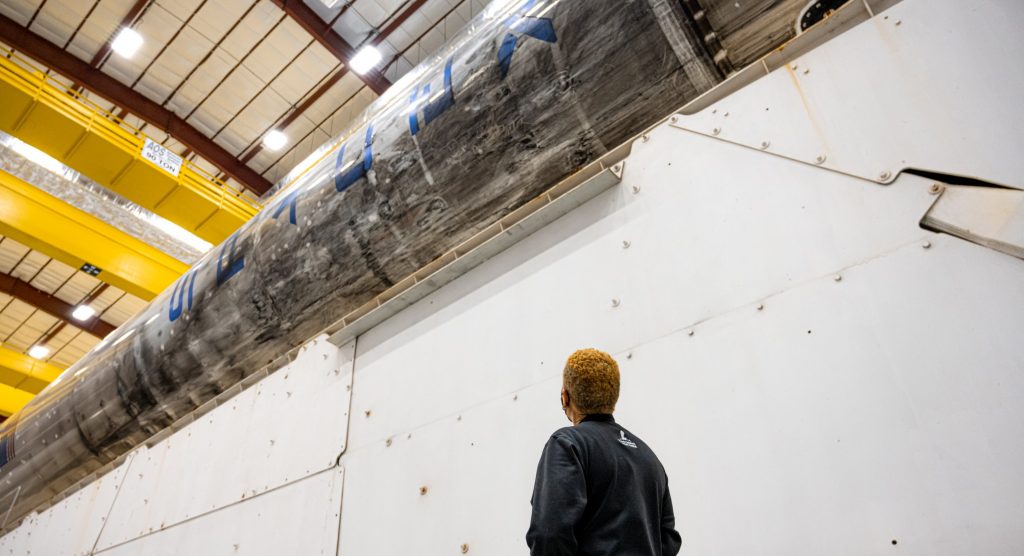
While none of the four crew members are professional astronauts or have any direct spaceflight experience at all, Isaacman – Inspiration4’s commander – is an experienced private pilot and all four have spent the better part of 2021 training full-time to ensure some degree of competency. Of course, Crew Dragon (like its Cargo Dragon 2 variant) is a nominally autonomous spacecraft designed to fly itself to and from the International Space Station – a far more complex task than the three days Inspiration4 is planned to fly free in orbit.
Still, much like all professional NASA and international astronauts to fly on Dragon undergo extensive training, a crew that knows how to operate their spacecraft is far more likely to be able to intervene – and perhaps save the mission and their lives – in the event of a major anomaly. As such, Isaacman, Proctor, Arceneaux, and Sembroski may be far from professional astronauts when they lift off but they also won’t be amateurs.
For Inspiration4, SpaceX will be launching astronauts with a flight-proven Falcon 9 booster and an orbit-proven Dragon capsule for the second time ever. The mission will still mark the first time humans have launched on a twice-flown Falcon booster (B1062) and the once-flown Crew Dragon spacecraft is on pace to reach orbit for the second time in less than five months – smashing the previous orbital capsule turnaround record by more than 40%.

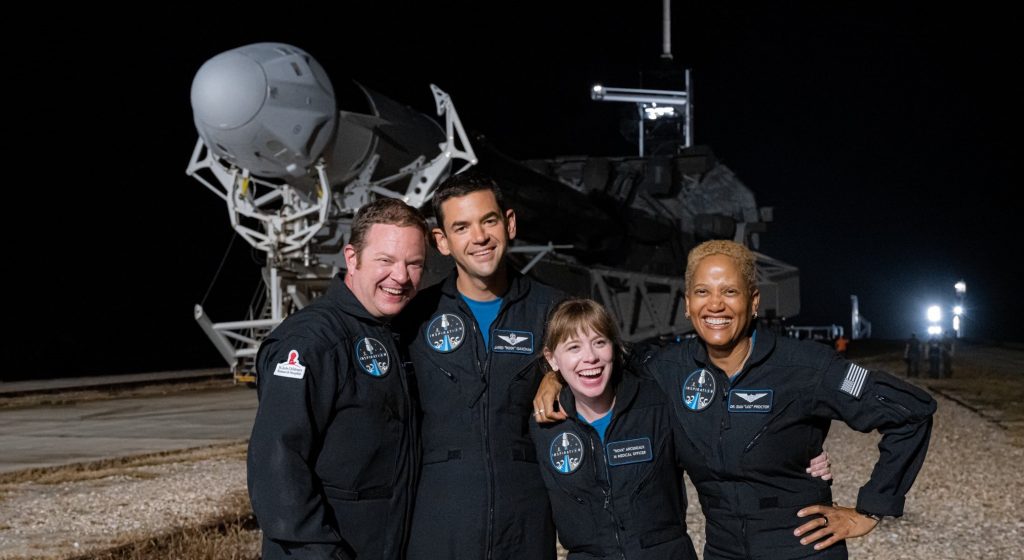
Perhaps most significantly, at the earnest request of SpaceX’s Inspiration4 customer, the mission will also mark the highest orbit and altitude humans have reached – 575 km (357 mi) – in more than 13 years. It will be the seventh-highest Earth orbit ever reached by astronauts after five Space Shuttle missions to service the Hubble Space Telescope and two Gemini spacecraft test flights in the 1960s.
Stay tuned for updates on Inspiration4’s Wednesday launch and SpaceX’s webcast coverage of the historic private spaceflight.

News
Elon Musk gives honest take on when Tesla will see serious FSD competition
Musk’s comments came on the heels of NVIDIA’s announcement of its Alpamayo system, which also uses AI to accelerate the development of autonomous driving solutions.
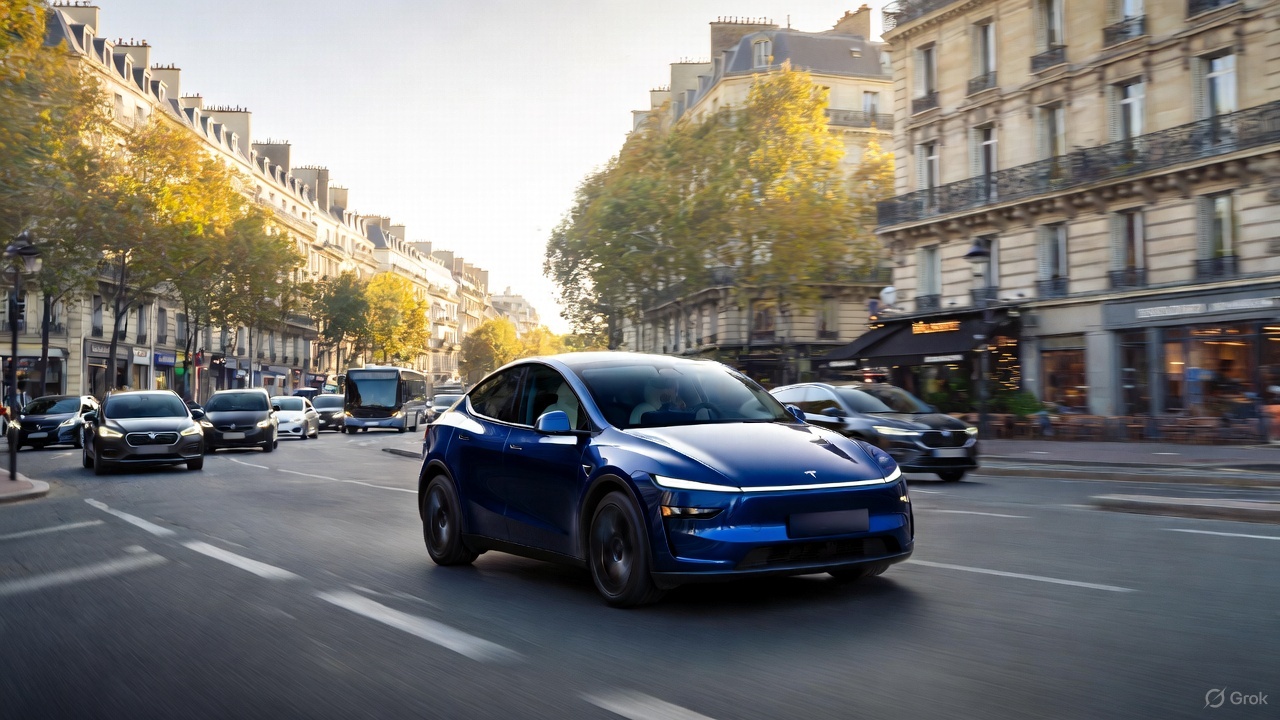
Elon Musk has provided a candid estimate on potential challengers to Tesla’s Full Self-Driving (FSD) technology.
Musk’s comments came on the heels of NVIDIA’s announcement of its Alpamayo system, which also uses artificial intelligence to accelerate the development of autonomous driving solutions.
Elon Musk on NVIDIA’s Alpamayo
Following NVIDIA’s announcement, Tesla community members took to X to ask the CEO about his thoughts on Alpamayo, which seemed like a direct competitor to FSD. The fact that Alpamayo also uses AI to navigate real-world roads resulted in many arguing that the system could spell the end of Tesla’s autonomous driving aspirations.
In a response on X, Musk acknowledged that NVIDIA’s Alpamayo is doing exactly what Tesla is doing. And while he seriously hopes NVIDIA will succeed, Musk predicted that “they will find is that it’s easy to get to 99% and then super hard to solve the long tail of the distribution.”
FSD’s competition
In later posts, Musk also responded to a post discussing FSD’s progress and its potential competition in the future. In response to a longtime Tesla community member who noted that Alpamayo’s arrival does not mean FSD is doomed, Musk stated that this will indeed be the case. He then noted that, given how Tesla’s rivals operate, solutions like Alpamayo will only exert competitive pressure on Tesla in about 5-6 years, or perhaps longer.
“You’re right. The actual time from when FSD sort of works to where it is much safer than a human is several years. The legacy car companies won’t design the cameras and AI computers into their cars at scale until several years after that. So this is maybe a competitive pressure on Tesla in 5 or 6 years, but probably longer,” Musk wrote in his response on X.
News
Tesla rolls out tasty new trade-in deal for a limited time
Tesla has rolled out a tasty new trade-in deal in the United Kingdom for a limited time, knocking just over the equivalent of $5,000 off of the price of a new or inventory Model 3 or Model Y.
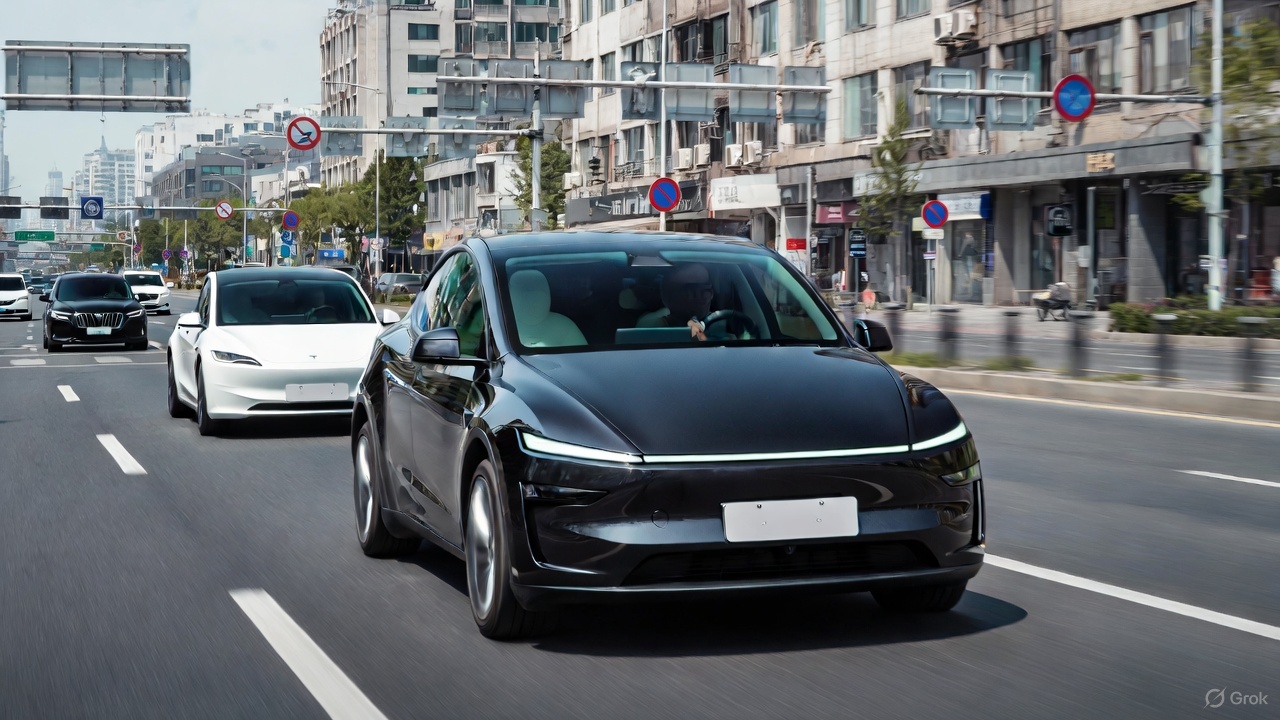
Tesla has rolled out a tasty new trade-in deal in the United Kingdom for a limited time, knocking just over the equivalent of $5,000 off of the price of a new or inventory Model 3 or Model Y.
The move, which could be a great way to incentivize sales in the United Kingdom, will take off £3,750 ($5,043) from the price of either of Tesla’s two most popular models, but it’s only valid until March 31, 2026. It requires the order and delivery to take place within the first quarter to qualify for the discount.
NEWS: Tesla UK is offering a £3,750 ($5,043 USD) trade-in bonus towards a new Tesla if you trade in your current car.
Must order and take delivery before March 31, 2026. pic.twitter.com/ZBLoZaLMvT
— Sawyer Merritt (@SawyerMerritt) January 2, 2026
The bonus is designed to lower the cost barrier for switching to electric vehicles, stacking the £3,750 on top of the actual trade-in value of any eligible car — this includes petrol, diesel, or even an EV from another automaker. It applies to both new builds and inventory vehicles, including test drive and showroom models, but excludes certified pre-owned Teslas.
This promotion comes amid intensifying competition in the European EV sector. Chinese giant BYD, which snatched the EV sales title from Tesla for 2025, has been aggressively expanding in the European market, undercutting prices and capturing market share with its widely affordable models, including the Seagull.
Tesla’s strategy echoes similar incentives that have been offered in other markets at different times. With UK EV adoption hovering around 20 percent of new car sales in 2025, such deals could accelerate the transition, especially as government mandates phase out fossil fuels by 2035.
There have been enthusiastic reactions to the offer on X, the social media platform owned by Tesla CEO Elon Musk. These incentive programs are few and far between, and are never predictable in terms of availability. However, Tesla could be using this discount to get the year off to a good start.
For potential buyers, the deal underscores Tesla’s agility in a competitive landscape. As EV infrastructure improves and battery tech advances, incentives like this could tip the scales for those who might be more hesitant to make the jump.
With Q1 2026 deliveries ramping up and Tesla coming off a yearly decline in deliveries, the company is undoubtedly looking to push things forward and get the year off to a great start.
News
Lucid and Uber team with Nuro for new robotaxi program with Gravity SUV
The plan currently is to launch it to the public in the Bay later this year.
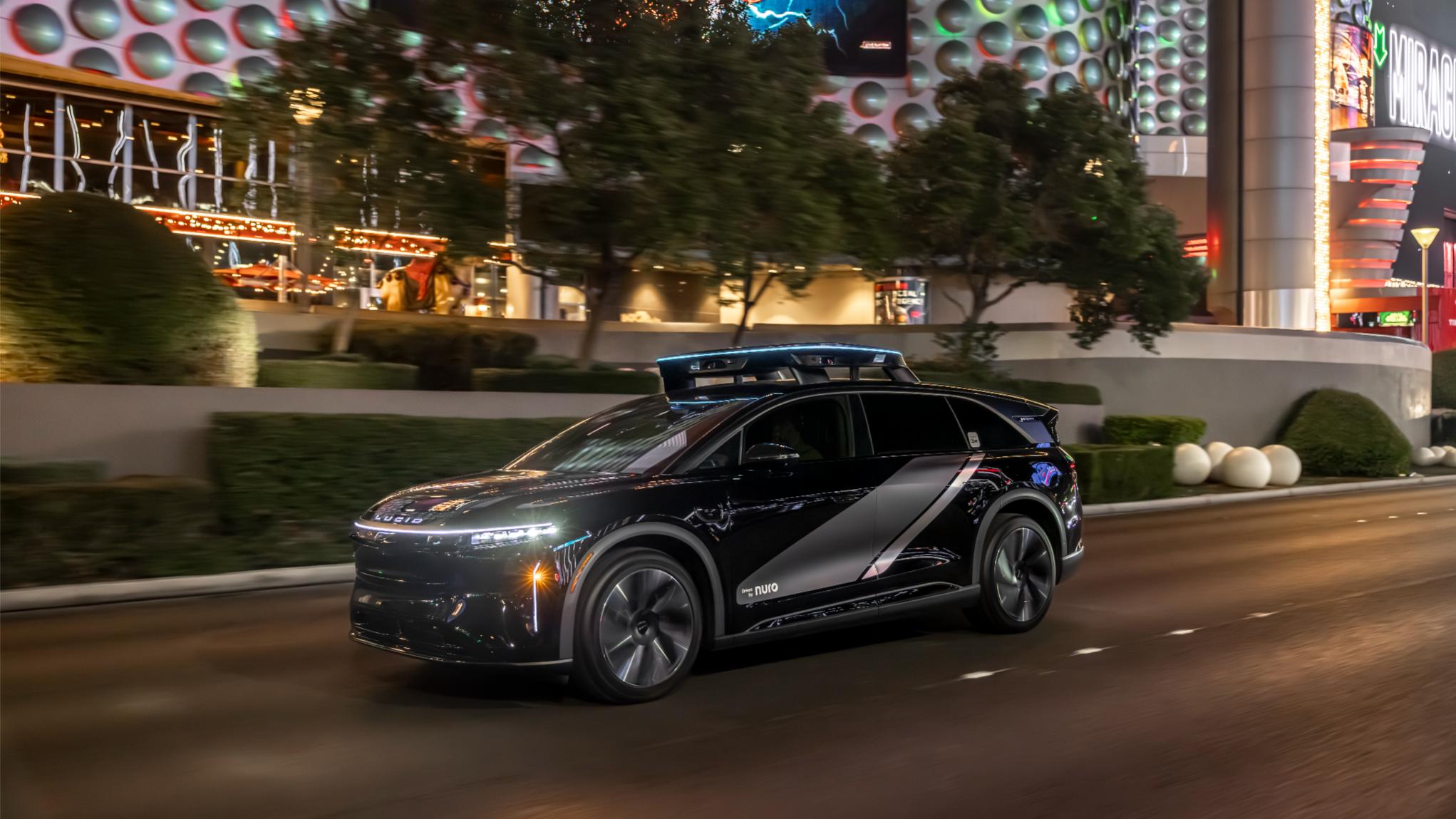
Lucid and Uber are teaming up with Nuro to launch an autonomous robotaxi program utilizing the automaker’s Gravity SUV. The project will be unveiled at CES 2026, introducing an in-cabin rider experience completely designed by Uber, the world’s largest ride-sharing service.
Back in 2025, the partnership between the three companies was announced, aiming to launch a unique ride-sharing platform using over 20,000 Lucid vehicles equipped with the Nuro Driver technology. The vehicles are owned and operated by Uber.
The companies have already initiated some testing in the San Francisco Bay Area, which is a big step in the right direction for the project. The plan currently is to launch it to the public in the Bay later this year. Nuro will lead the testing using robotaxi engineering prototypes that are supervised by autonomous vehicle operators.
Currently, there are over 100 robotaxis in the Engineering Test Fleet.
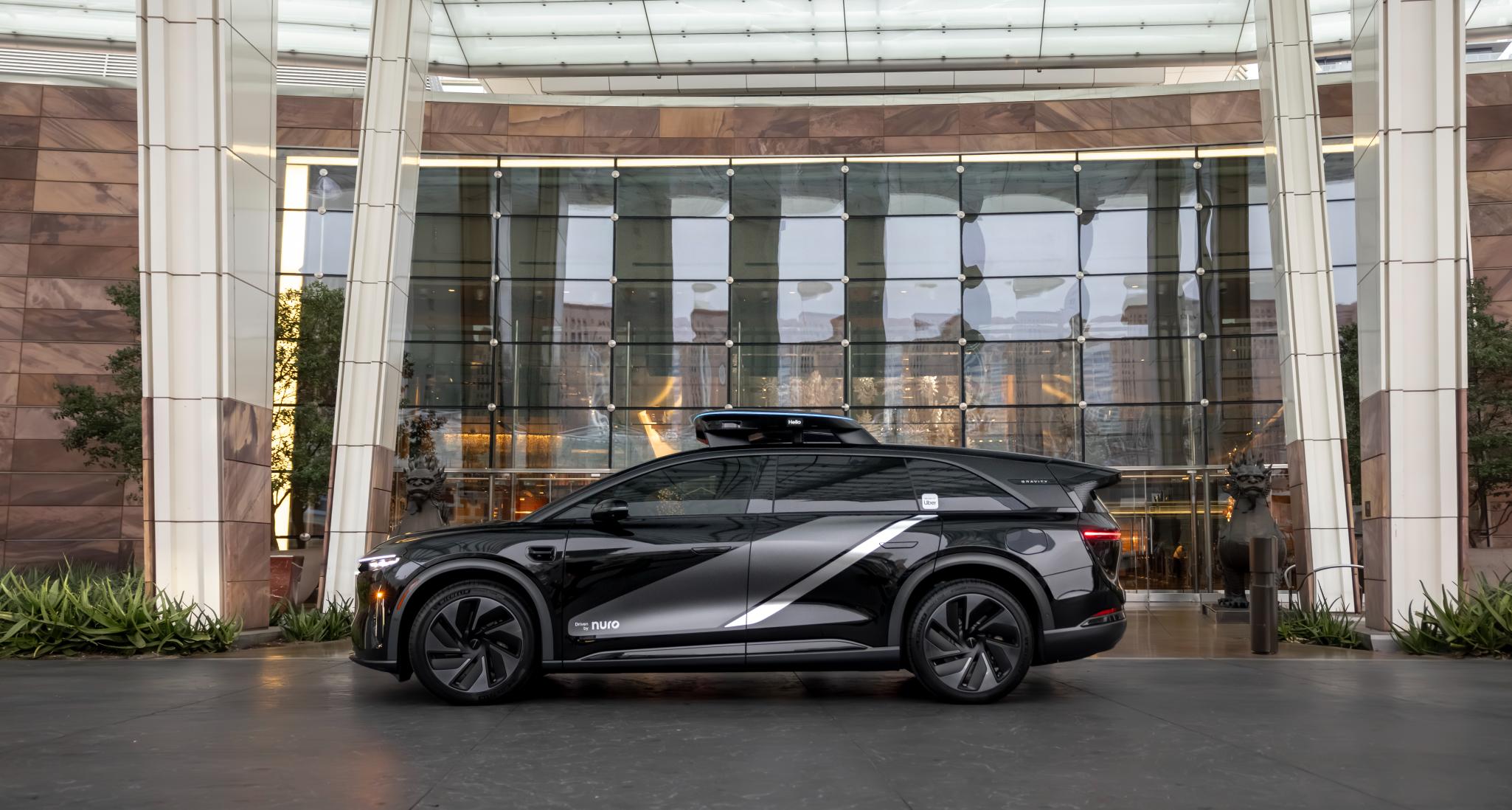
The Gravity vehicles are fitted with a next-gen sensor array featuring high-res cameras, solid-state LiDAR sensors, and radars that will provide a 360-perception model, as well as a “purpose-built roof-mounted halo designed to maximize sensor visibility,” which is seen on top of the Gravity unit above.
The halo also has integrated LEDs to help riders more easily identify the correct vehicle by displaying their initials. The halo will also provide clear status updates from pickup through dropoff.

These units for the robotaxi program between the three companies will start being produced later this year at Lucid’s Arizona AMP-1 factory.
Uber chose the Lucid Gravity specifically due to its “unprecedented comfort” and its reputation, as it was named to Car and Driver’s 10 Best for 2026. But Uber is customizing some things for the Gravity so that it is specifically catered to robotaxi riders:
- For the first time, Uber is designing the in-vehicle rider experience, which will include interactive screens with entertainment and climate control options, as well as support contacts and vehicle maneuver requests, like a request to pull over.
- It will also have in-vehicle visualization, showing what the robotaxi sees and its path in real-time. This will be a nice transition for those who are skeptical about driverless vehicles, and will show what the vehicle and its sensors, LiDAR, and cameras see.
- The Gravity is also a sizeable SUV, which will give riders space for themselves and their luggage.
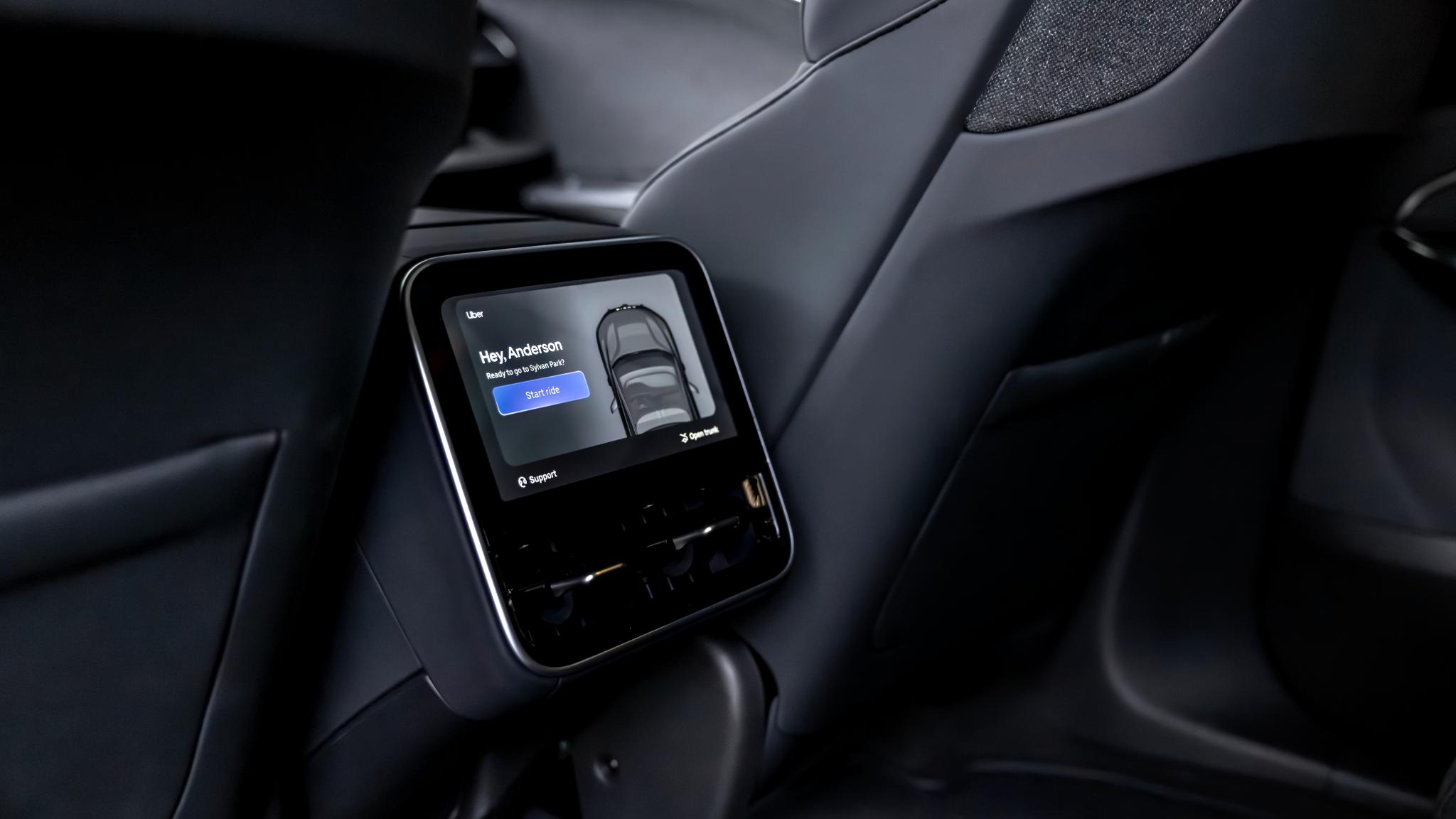
This is the latest application of a ride-hailing platform that leans on autonomy for its operation, essentially phasing out the need for human drivers in various markets, starting with the Bay Area.
More companies are dipping their toes in the project, giving them the opportunity to establish some early momentum, as there are only a handful of companies that are currently operating this in the United States. Uber, Lucid, and Nuro aim to be the next, and initiating this program at this time is big for their chance at success.








